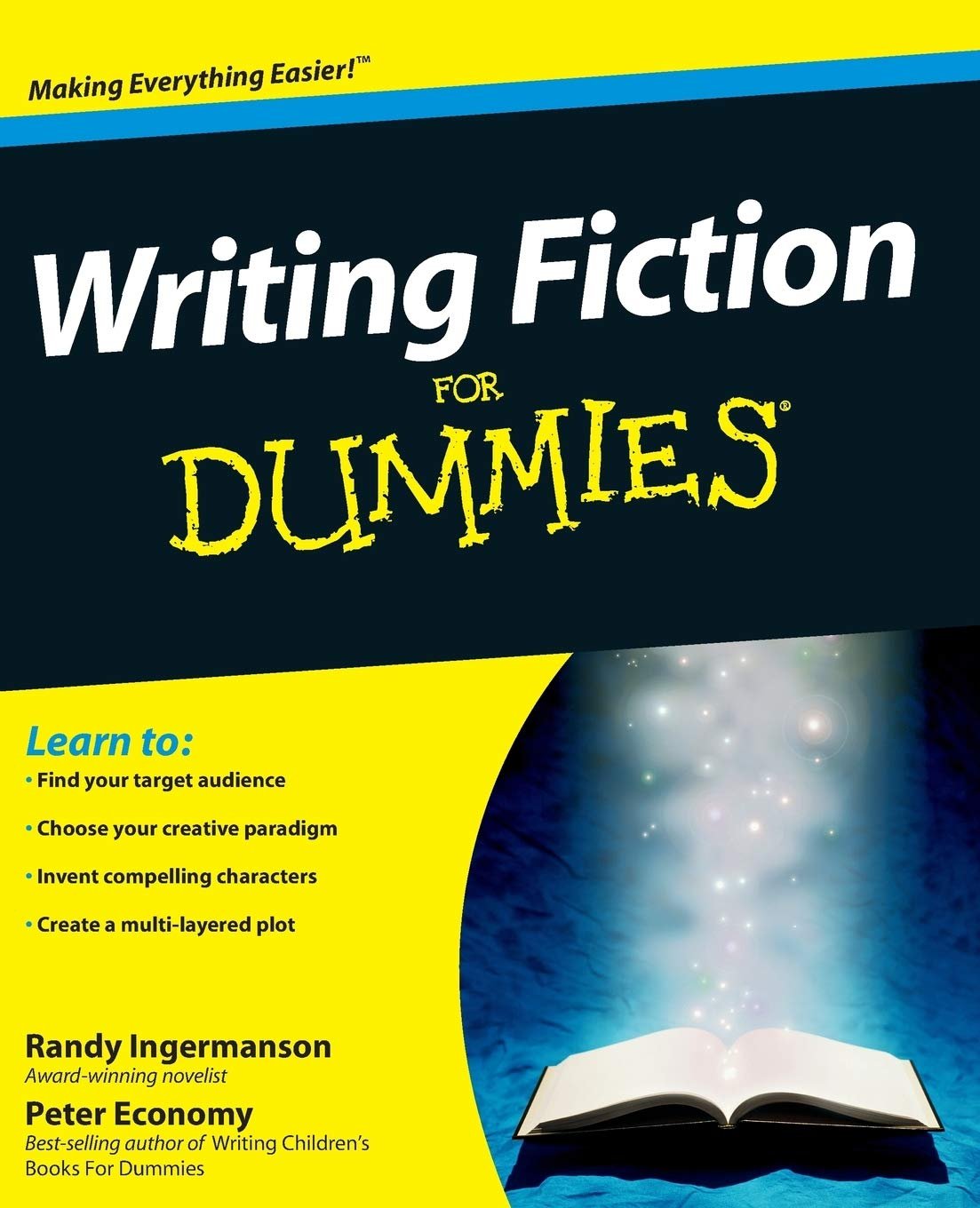
15 Aug Unlocking Creativity: A Journey Through Writing Fiction For Dummies
Review of Writing Fiction For Dummies by Randy Ingermanson
When I stumbled upon Writing Fiction For Dummies, I was somehow both skeptical and intrigued. As a budding author who often finds herself engulfed in the sea of writing advice, I thought to myself, “Can a legacy series like For Dummies really provide the clarity I need?” However, the name Randy Ingermanson—a bestselling author known for his Snowflake Method—had a certain weight that pulled me in, and I thought, why not give it a shot?
From the very first chapter, Ingermanson’s approachable tone made me feel like I was chatting with a seasoned friend. The book does an exceptional job of mapping out the entire journey of novel writing, from those early haphazard ideas swirling in your mind to that exhilarating moment of sending your manuscript off to a publisher. Each section is thoughtfully structured, making it easy to digest each lesson without feeling overwhelmed—a crucial aspect when navigating the often-turbulent waters of creativity.
The book is rich with insightful advice on character development, plot structure, and themes that resonate with readers. Ingermanson emphasizes the importance of creating believable characters, something that struck a chord with me. His breakdown of the six layers of modern novel complexity has given my drafts a new direction. It’s fascinating how he weaves in real examples from popular novels—this not only clarifies the concepts but also inspires me to infuse my own narrative with deeper connections to readers’ emotional journeys.
One thing that genuinely keeps you engaged throughout the book is Ingermanson’s lighthearted style. Even though writing fiction can feel daunting at times, his humor shines through, providing a refreshing contrast to the seriousness of the subject matter. This was echoed in one reader’s testimonial who remarked how Ingermanson offers “steps and ‘how-tos’ without bogging you down in theory.” I wholeheartedly agree—his pragmatic approach made the book feel more like a friendly guide rather than a textbook.
What truly resonated with me was when he discussed “Crafting Conflicts”—an interesting perspective that had me thinking critically about the core of my writing. It reminded me of a powerful quote shared in the book, “Readers don’t like happy; they want to read about conflict.” This profound insight transformed my approach to storytelling and left me considering not just how you’d resolve conflict but how it ultimately deepens a narrative.
In closing, I would highly recommend Writing Fiction For Dummies to anyone aspiring to write a novel. Whether you have a few drafts simmering away or are just starting out, Ingermanson’s extensive knowledge and approachable format will guide you through the complex landscape of fiction writing. For me, it wasn’t just a book; it was an exhilarating leap into a world of possibilities, rekindling my passion for storytelling. If you’re looking for motivation, practical advice, and a bit of humor to accompany you on your writing journey, then grab this book. Trust me, you won’t regret diving into its pages!









